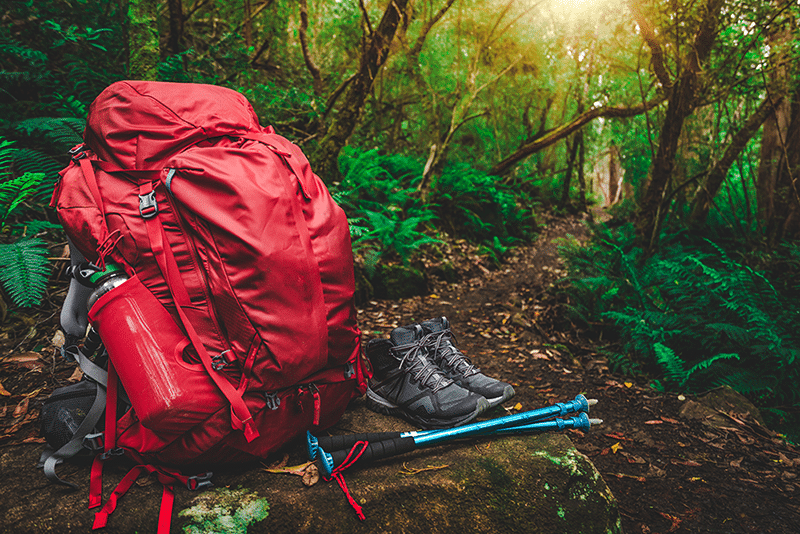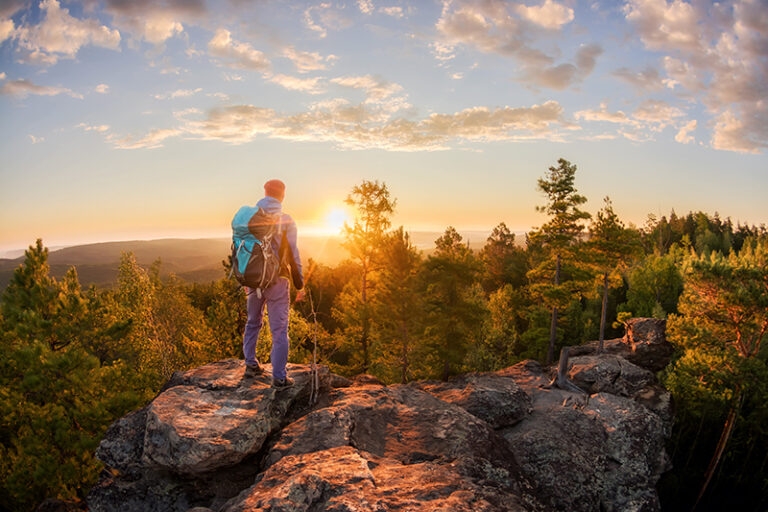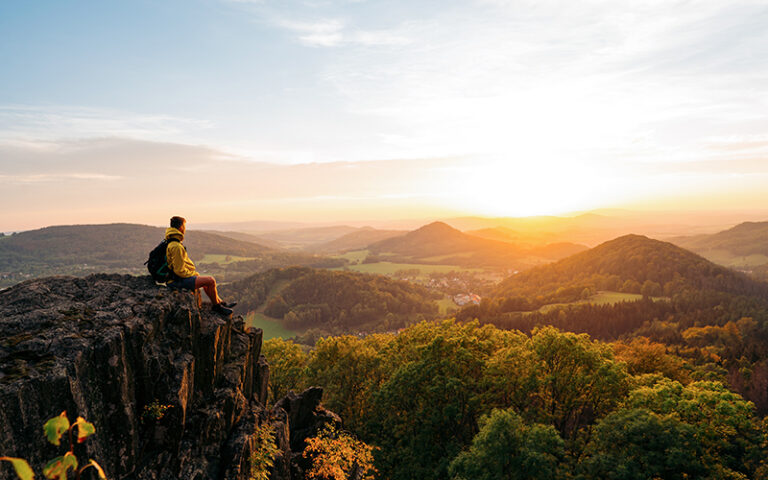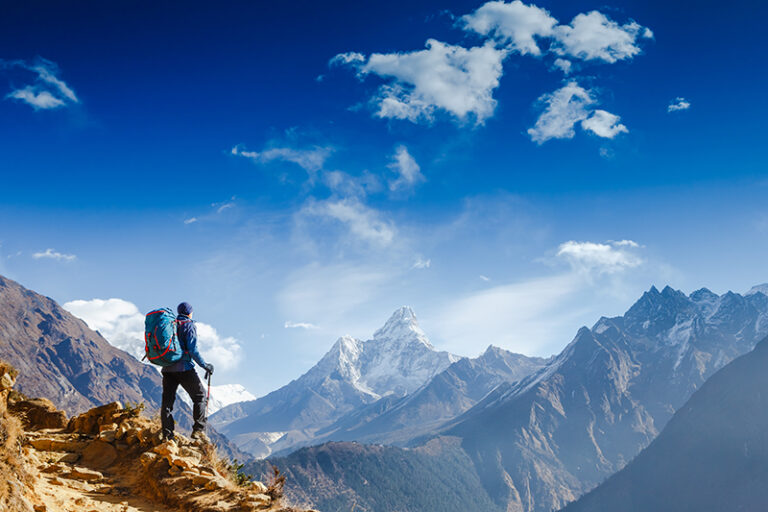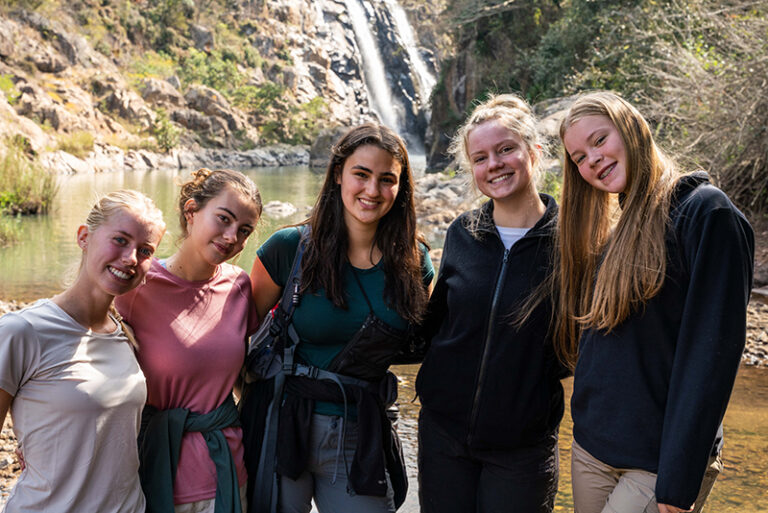Whether you’re nipping to Norway for a week or embarking on month-long expeditions to India, getting your kit right is an absolute must. No matter the destination or the activities you’ll be doing in the country, having equipment that suits your specific expedition is crucial. Get it right, and you’re well on your way to a positive experience. Be sure to ask your teacher or trip leader for advice. In the meantime, here’s our handy guide to what not to forget.
Gear up for your individual trip
First up, consider the details of your specific trip. What will the climate and conditions be like? And what will you be doing? Maybe you’ll have a lengthy mountain trek at altitude, or perhaps you’ll spend time near the beach helping with marine conservation. You should also consider your accommodation. For instance, if you’re wild camping without electricity during a long trek in Tanzania, you’ll probably need a different kit for a trip to Thailand where you stay mostly in hostels.
When you’re packing for your expeditions, make a list of what you need and tick off the items as you go along. Anyone taking on a World Challenge expeditions will have a kit list, tailored to their trip. Chris Potter, Safety & Logistics Coordinator at World Challenge, put these specialised lists together.
For Chris, the two most important pieces of kit to get right are your sleeping bag and your walking boots. “If you’re warm and comfortable at night, you’ll have energy for the day ahead and can enjoy the experience,” he says. “Likewise, it’s crucial to get your footwear right because you won’t enjoy the trek with sore feet.”

How to choose a sleeping bag
There are so many sleeping bags on the market that picking the right one can seem like a minefield. Add to that the fact that there are different fabrics to consider and that everyone has a different temperature when they sleep and deciding which to pick can seem even trickier.
Simplify the process by looking at the sleeping bag’s ‘comfort rating’ – this offers the best chance of being able to judge if a sleeping bag is right for your own personal body temperature. Pay less attention to ‘season’ ratings – these are too variable. Sleeping bags generally offer a comfort, limit, and extreme rating. If you’re more susceptible to the cold, choose a higher comfort rating.
Sleeping bags vary hugely in cost, ranging from around £30 to £1,000. Generally, the more you pay, the better the quality of the sleeping bag and the lighter and easier it should be to pack down. Down sleeping bags tend to be more packable but cost more; synthetic sleeping bags are budget-friendly but also heavier. Weigh up whether you can get away with paying less, or whether you need something lightweight and convenient to pack away. If you need to fork out a little extra, see it as an investment that will last you on camping trips for years to come.

What to look for in walking boots
The right boots will start you off on the right foot – so it’s crucial to get them right. Ideally, avoid simply buying them online; instead, go and get them fitted properly in a shop by someone who knows what they’re talking about. “Online never guarantees comfort,” Chris says. “Go to your local outdoor shop and ask for a pair that will suit your individual feet and also the terrain that you’ll be on during your expeditions. For instance, a seven-day trek in the Himalayas will require boots with good grip and support for steep and slippery terrain.”
A decent pair of walking boots could set you back around £150. But, just like a sleeping bag, a good pair will last well and are a good investment for the future.
Get your backpack fitted
Another key piece of kit for your expedition is a large rucksack. Essentially your wearable suitcase, this will contain everything you need in your checked baggage, including your sleeping bag, sleeping mat, waterproofs, extra layers, and wash kit. You may well be carrying this on your back for long periods of time during treks, so making sure it fits comfortably – and fits enough in – is key.
Try before you buy. There are lots of options, including women-specific packs that are designed to fit the female shape better, so test out a variety. A top tip is to try the pack on with weight in it to replicate how it might feel on expeditions. Look for something that is easily adjustable and can be fine-tuned to sit on your back properly. Make sure it has the capacity to hold everything you need and that there are lots of pockets for easy-access storage.

Layer up
When it comes to clothing, lots of layers are more useful than one heavy item. When you’re being active, you can de-layer as you heat up and you can vary the combination depending on the conditions. Your body controls its temperature when it’s dry, so choose breathable, sweat-wicking fabrics where possible as these move moisture away from the body.
You don’t have to spend lots on high-tech clothing. Raid your wardrobe to see whether you have something suitable already – a football top or yoga vest could do the job instead of buying an expensive new trekking top. Ask friends and family whether they have gear you can borrow, or hit the charity shops to pick up second-hand clothing.
Consider sleeping mats and trekking poles
If you’re camping, you’ll need to pack a sleeping mat. For short stints under canvas, you can probably get away with a foam mat, which is the cheaper option. Made from closed-cell foam, they are dense, lightweight, and good insulators. However, they are not as comfortable or compact as inflatable mats, which are generally more expensive. Consider this option for an expedition with a lot of camping or a longer trek.
Trekking poles are an optional extra. There’s a technique to using them but, once mastered, they have multiple benefits including helping with stability and weight distribution. Decide whether you need them or could get away pole-free.

A home comfort
Something that you won’t find on most kit lists is that tiny treat to lift the spirits. It might be a light book for some downtime or a little reminder of home. Perhaps it’s some moisturiser to make you feel fresher or a small inflatable pillow that feels more luxurious than a rolled-up fleece. See what mini item you can squeeze in to add a homely feel when you’re away.

Written by Ellie Ross
